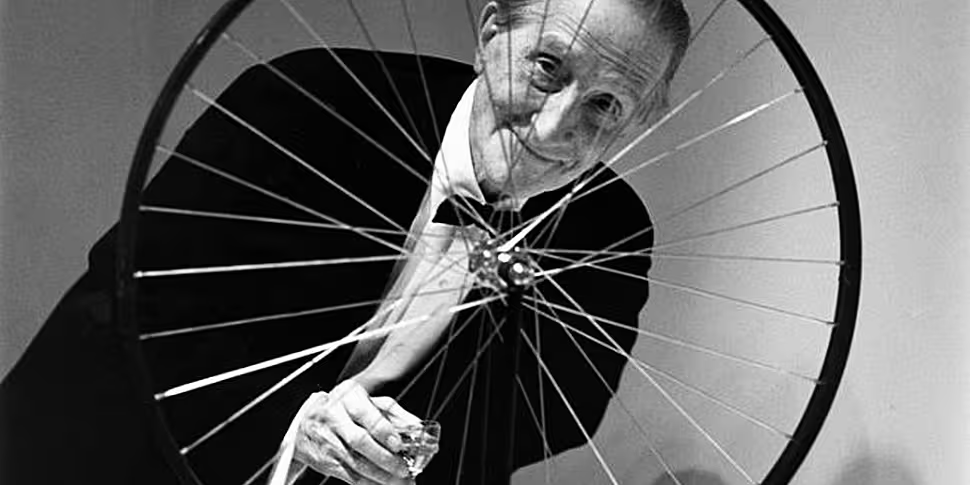Marcel Duchamp has been described as a one man movement. His work has come to define an era of art and his diverse character has cemented his legacy as one of the most significant personalities in modern history.
In 1887, Duchamp was born into a relatively prosperous family in Normandy, France. His early life was dominated by experiences of music, art and literature. It is perhaps then unsurprising that all four Duchamp siblings turned to a life of art. The eldest, Gaston, became a painter, while Raymond worked as a sculptor. Even Marcel’s sister, Suzanne, followed this path, despite being denied formal training due to the male domination of the art world.
So, following his education, Marcel also pursued his passion and moved to Paris. Here he became exposed to the burgeoning world of art. He immersed himself in the emerging trends, such as Symbolism, Cubism and Fauvism. Throughout, it appeared that Duchamp was obsessed with attempting to capture the abstract or intangible nature of the various subjects he depicted.

Fountain, 1917, one of Duchamp's most famous works, which is credited with the invention of conceptual art
Despite his dedication to his craft, arguably, his true love was chess. He would take leave from the art world for a time and wholly commit to chess, achieving tournament status. In many ways, this proved to be an expression of his art. As it actively demonstrated the thought and vitality he wished to portray in his work.
Duchamp would return to his prolific career during the 1930’s. However, it was amidst much privacy. His crowning achievement from this time was ‘Étant donnés’, which he produced after twenty years of work. It also proved to be his final major art work.
Having spent much of his life in the States, he eventually settled there in the 1940’s. In 1955 he gained US citizenship. During this time, his companion Mary Reynolds died. He had shared a quite complicated relationship with her for almost thirty years. Duchamp’s first marriage to Lydie Sarazin-Lavassor was short lived, lasting under a year before their divorce in 1927. It was at this time that Marcel and Mary’s relationship became public. However, they never married, having seemingly found a common ground in their companionship.

Duchamp playing chess, his true passion
During the 1930’s they often collaborated on various works of art. However, with the onset of World War II, their idyllic life was altered. Duchamp left Nazi occupied France for the Unoccupied Zone, while Reynolds remained as part of ‘The French Résistance’, offering shelter and refuge to the disaffected and persecuted. Duchamp remained committed during this time, making continual pleas for her to join him in his safe haven and, later, in the United States. Eventually, in 1943, with the Gestapo on her doorstep, she managed to reunite with Marcel in New York.
When the war was over, Reynolds returned to Paris, but the lure of New York kept Duchamp in America. From this time, their relationship suffered and it was only in 1950, when Mary became ill, that Marcel returned to her side. She died soon after, but Marcel remained in Paris for a time, tending to her affairs and concluding much of the work she had been undertaking.

Duchamo (centre) with friend Constantin BrâncuÈ™i and long time companion Mary Reynolds
In 1954, Duchamp married again. He met his second wife, Alexina Sattler, in 1951 and a bond quickly formed. They would live together in both New York and Paris, before Marcel’s death in 1968 aged 81.
Join Patrick and his panel of experts on ‘Talking History’ as they explore the distinct life of Marcel Duchamp. What marked him out as unique? Is he the defining artist of the 20th century? And what is his legacy today?









